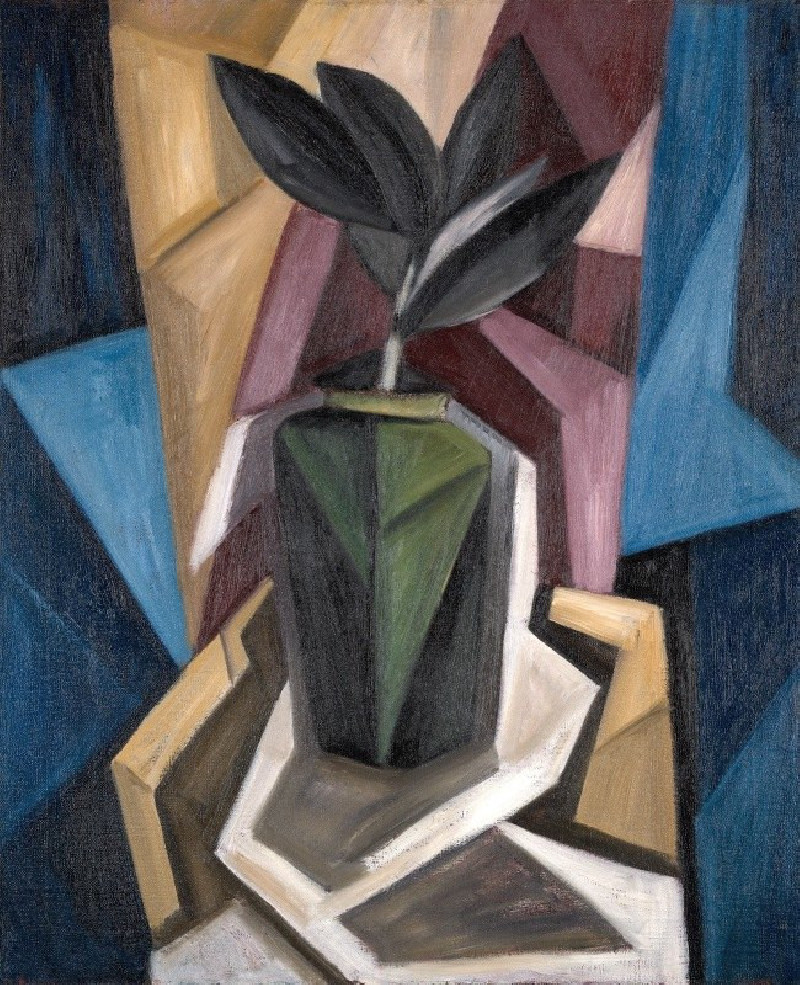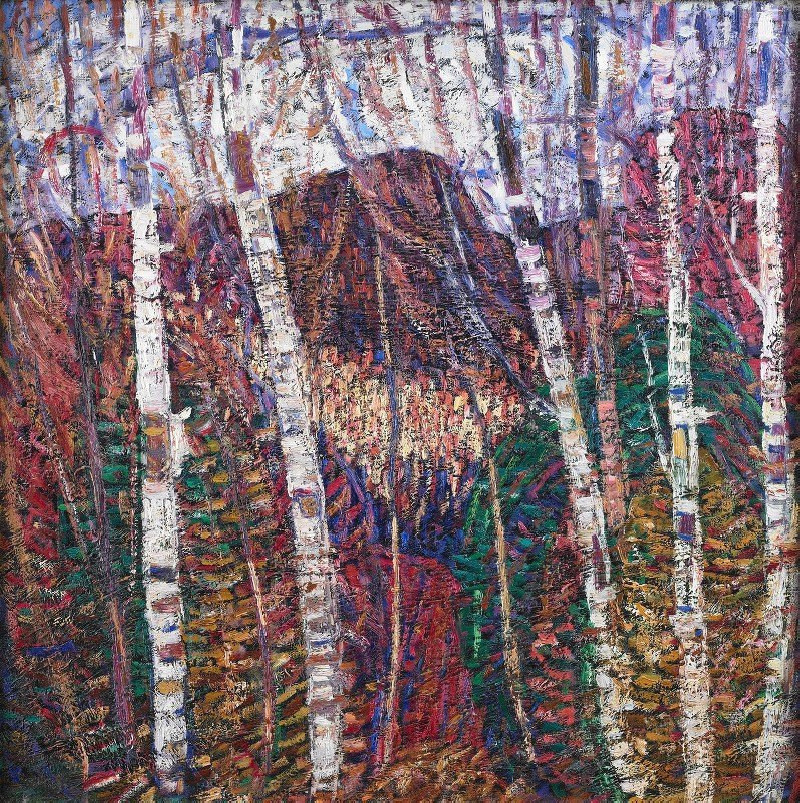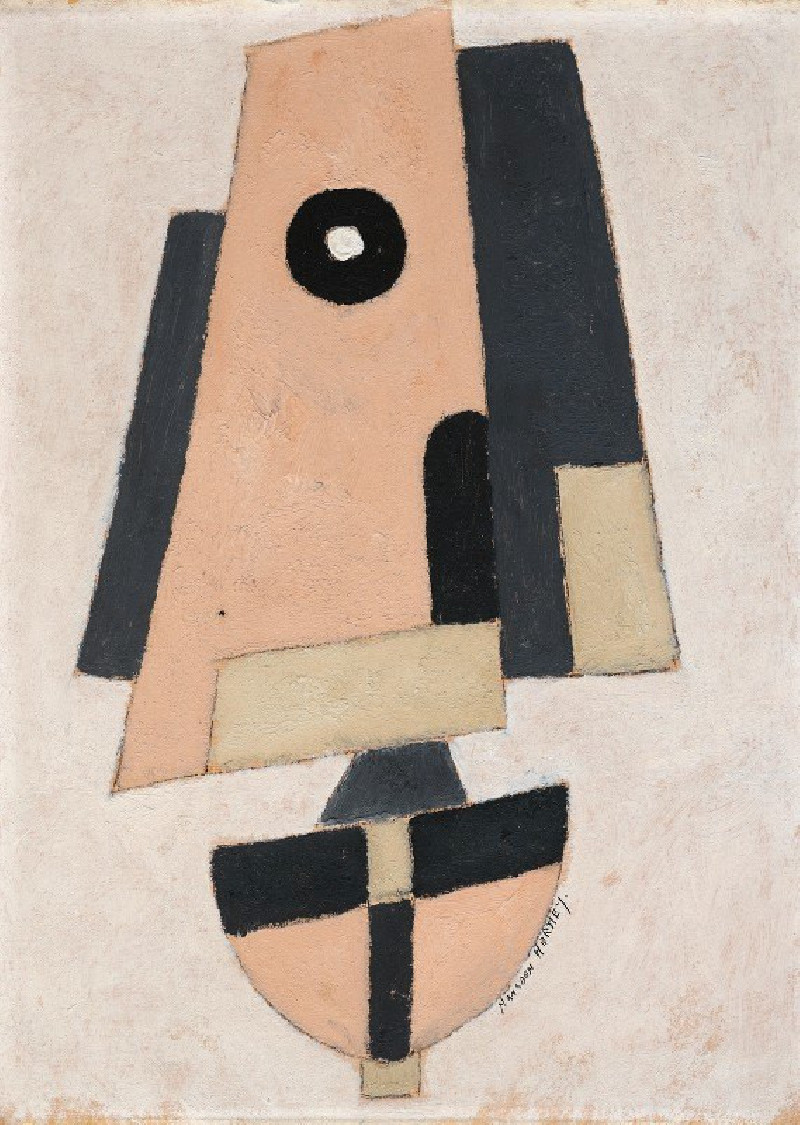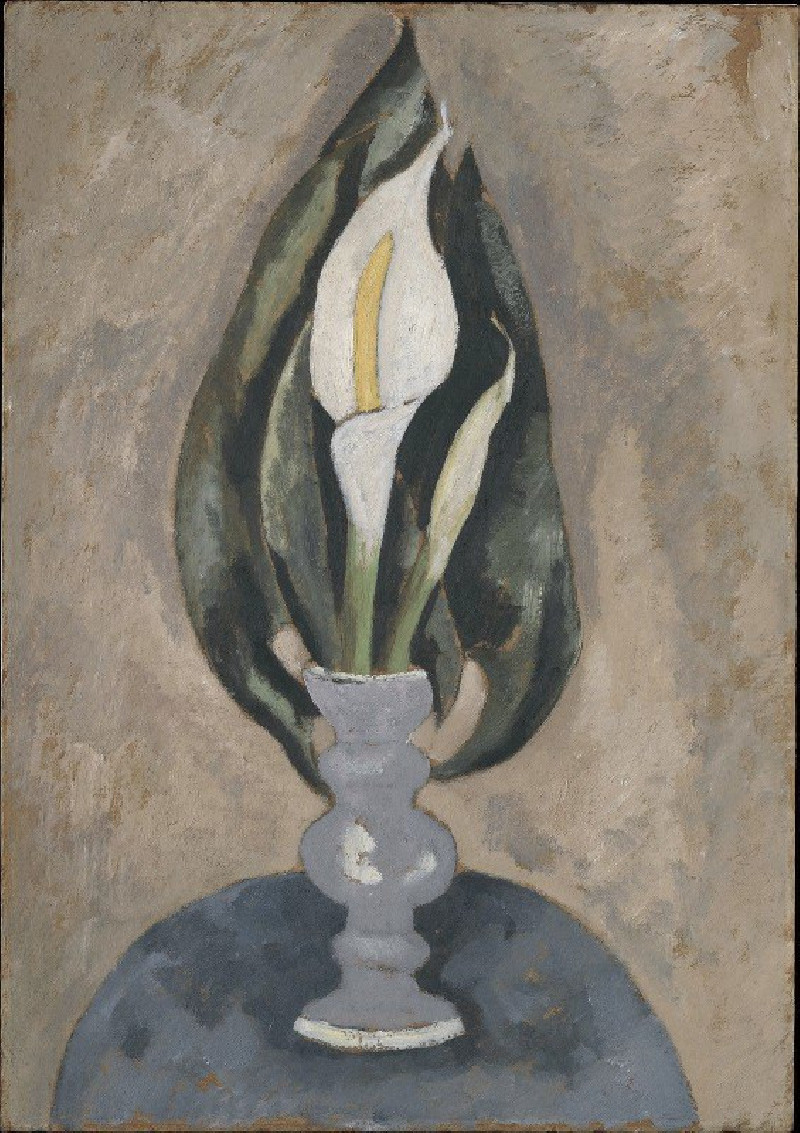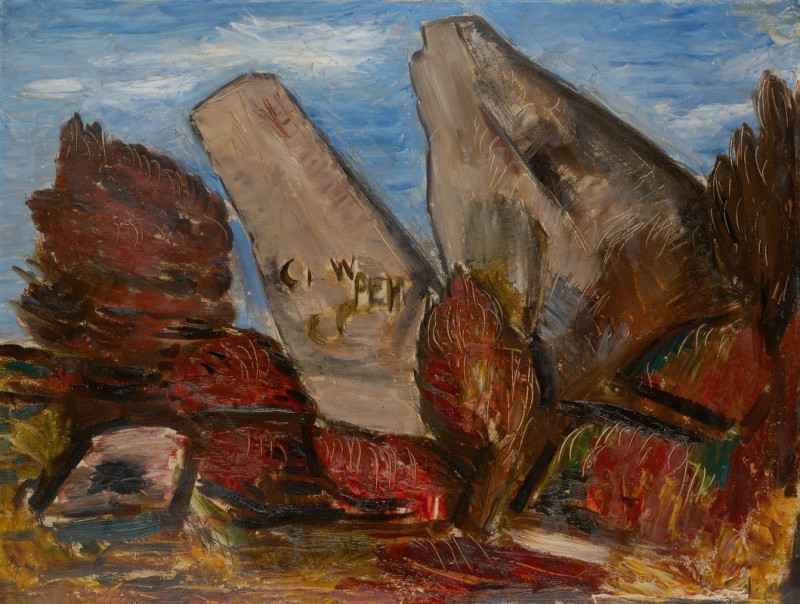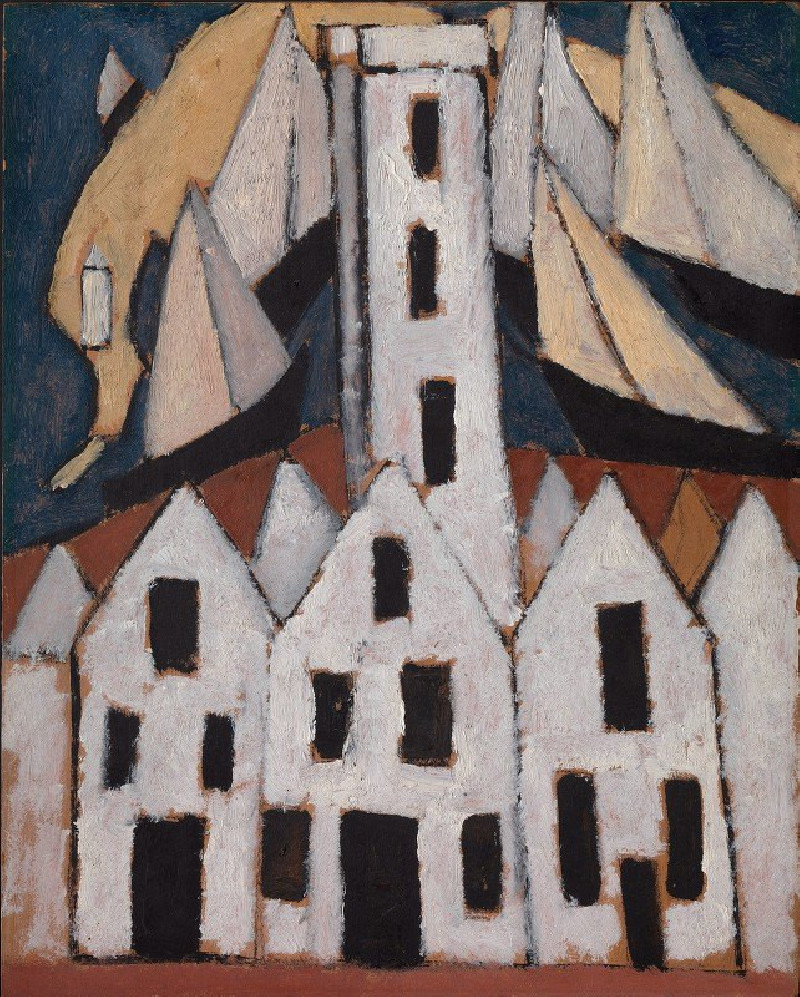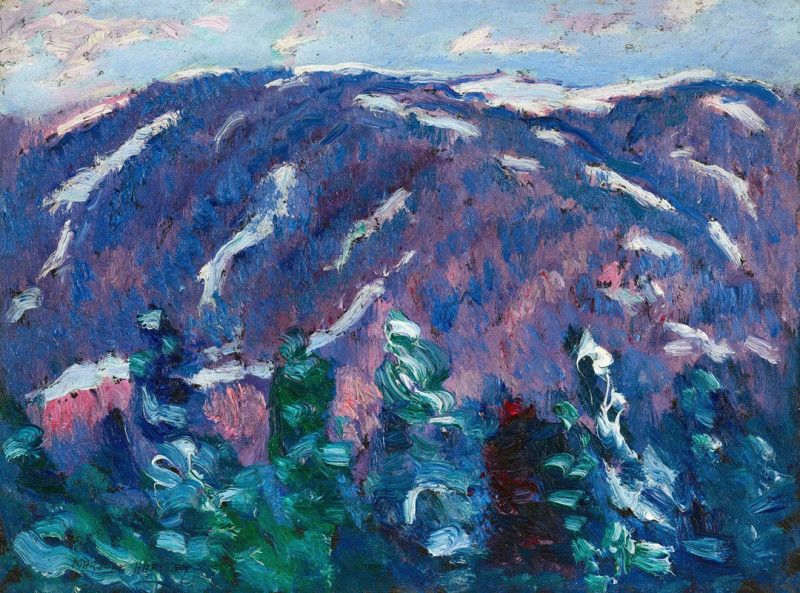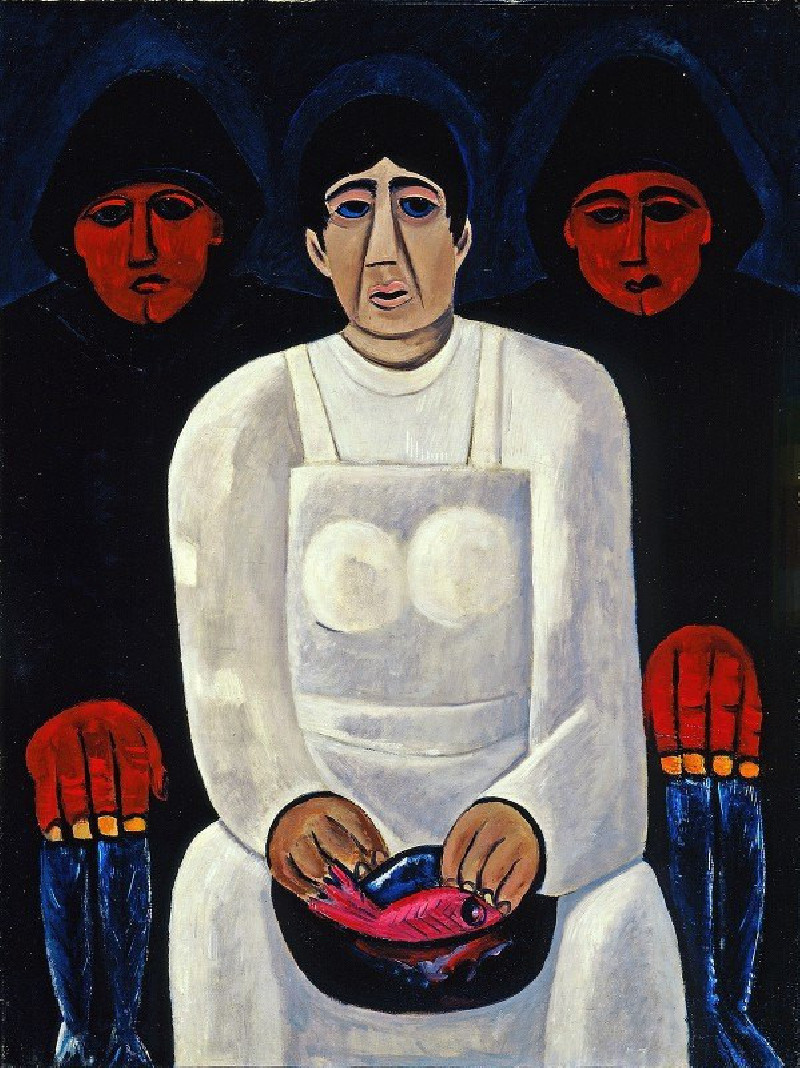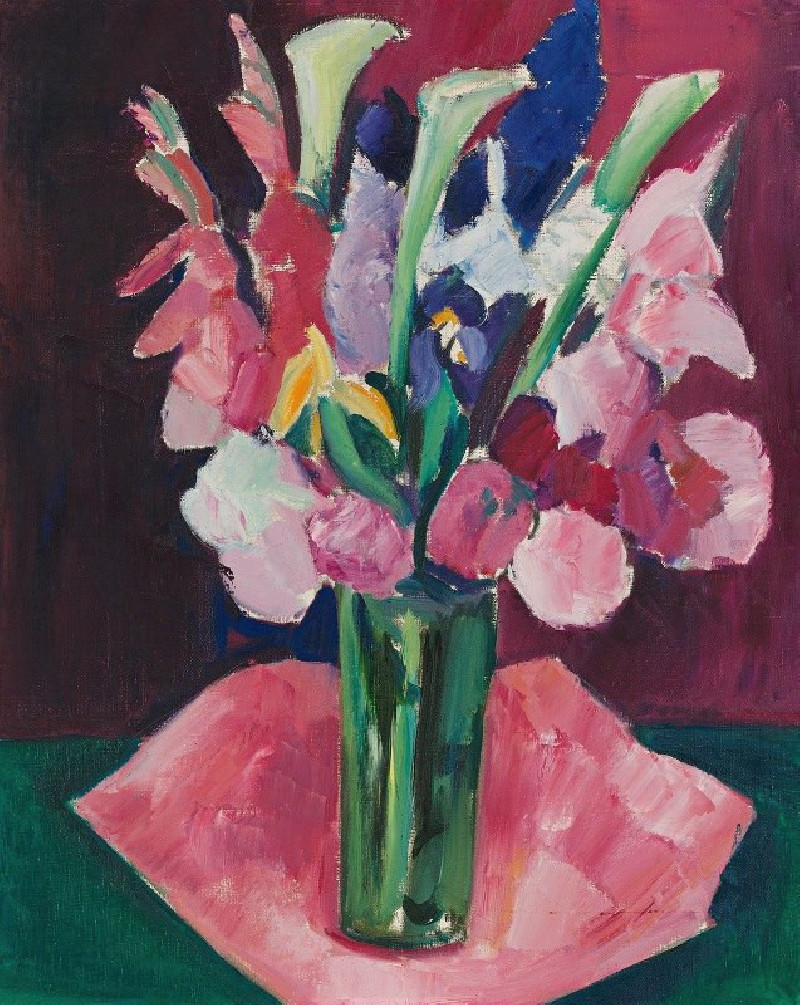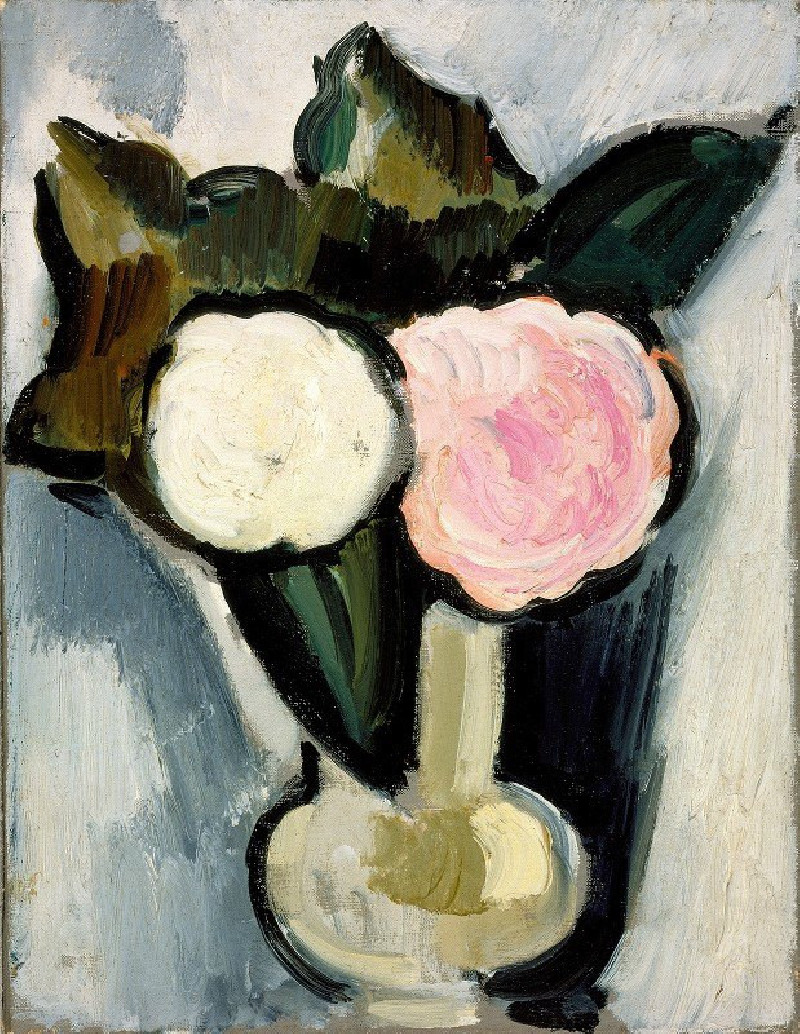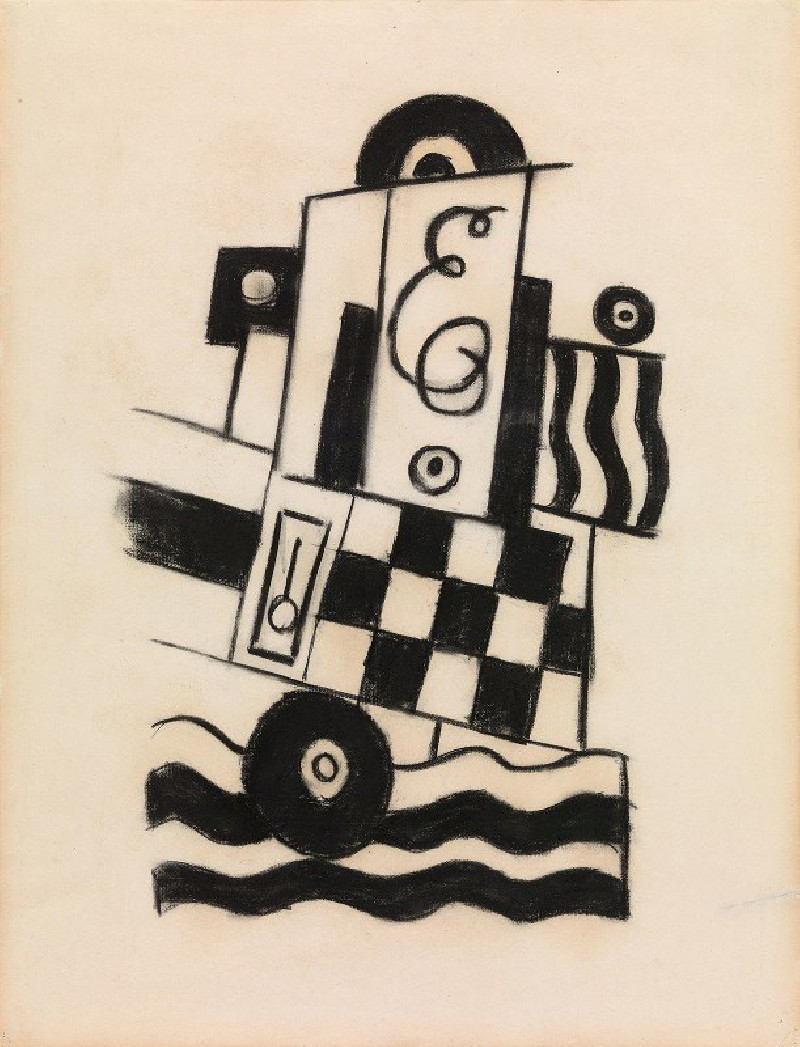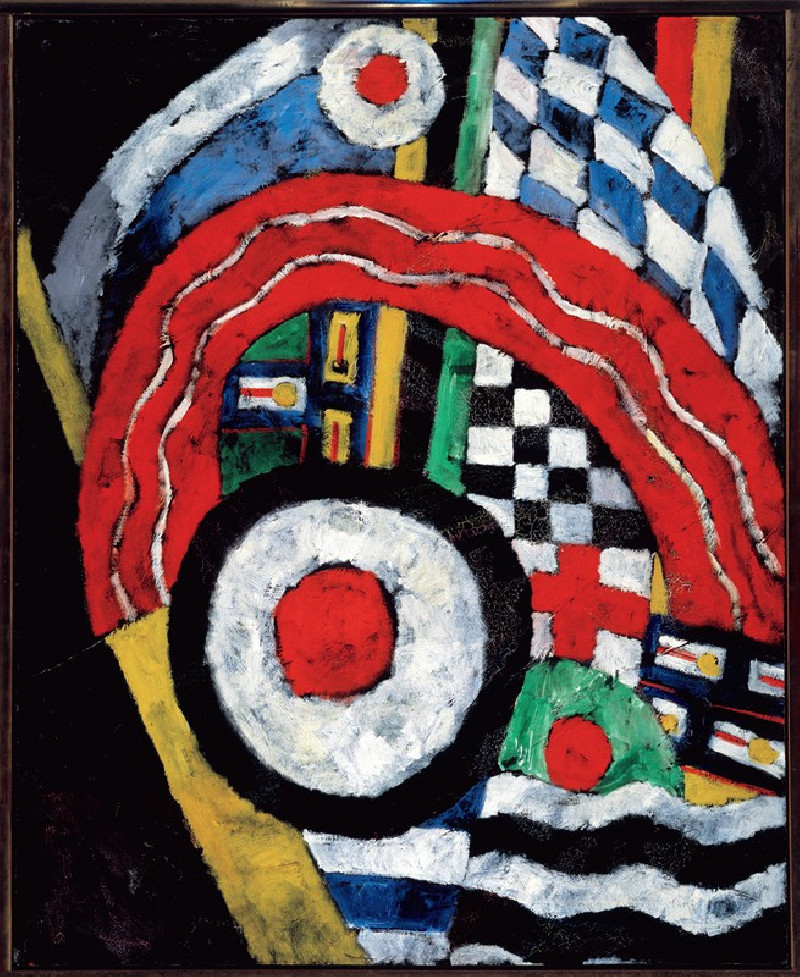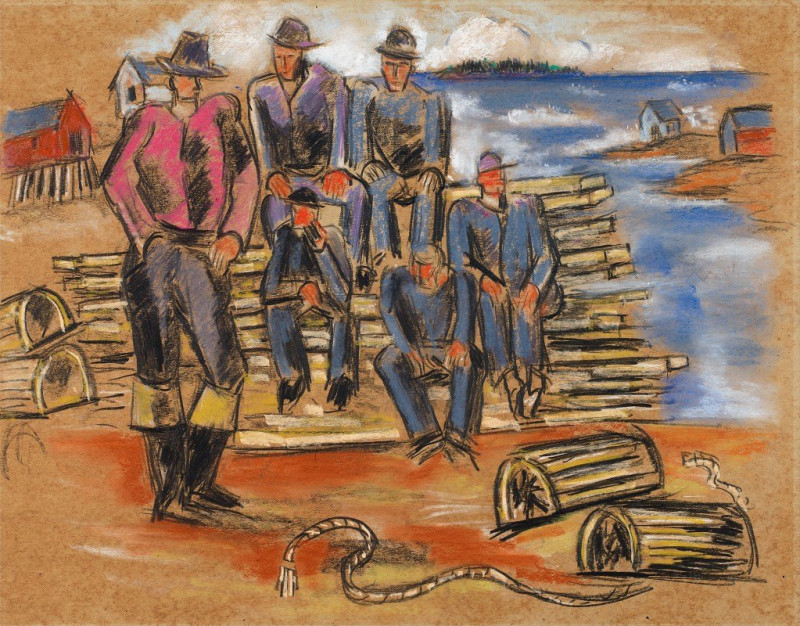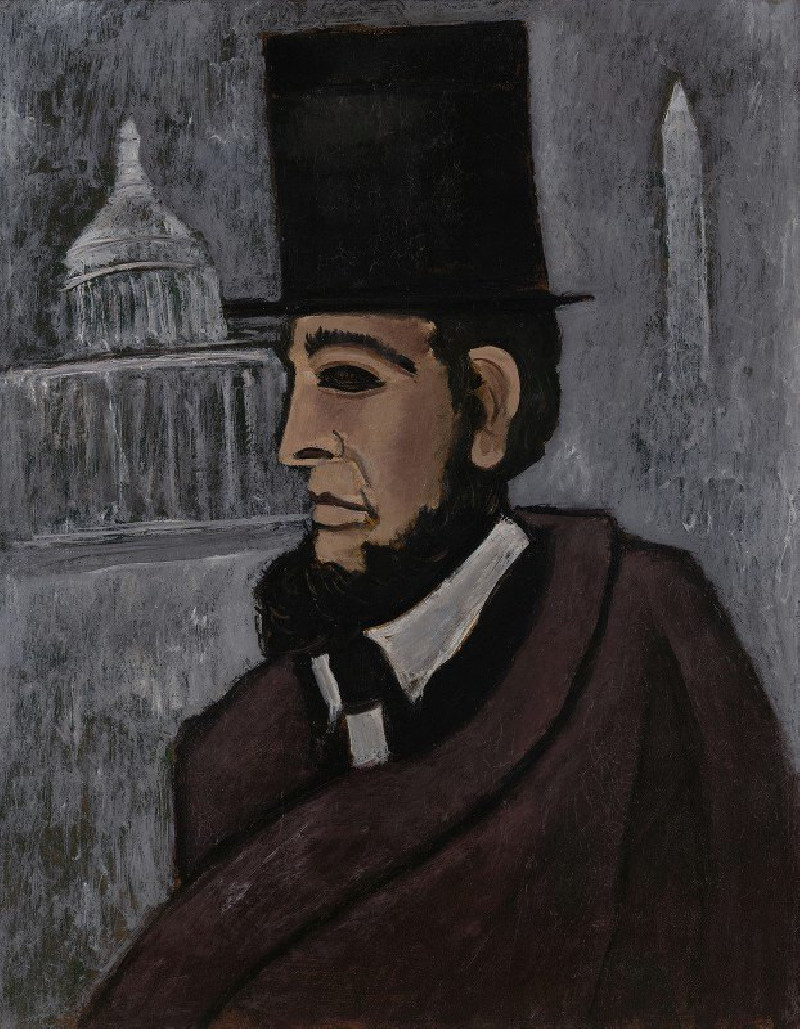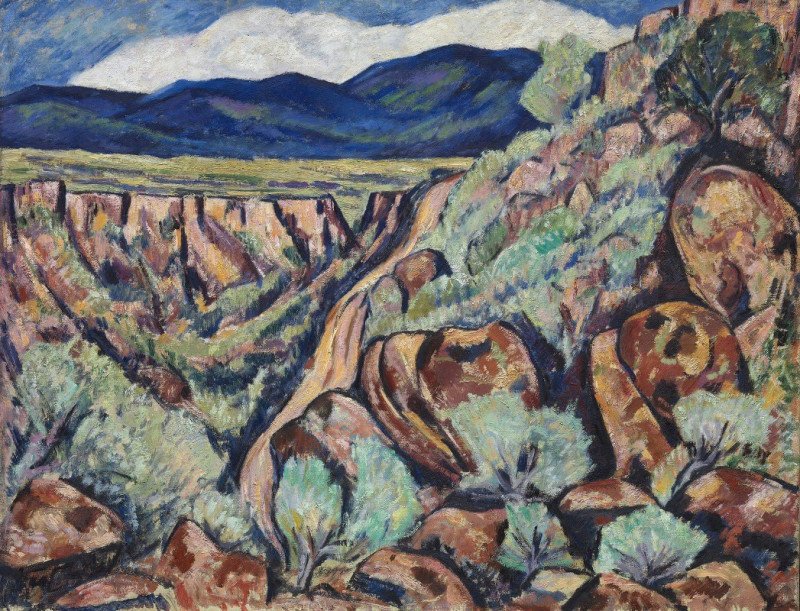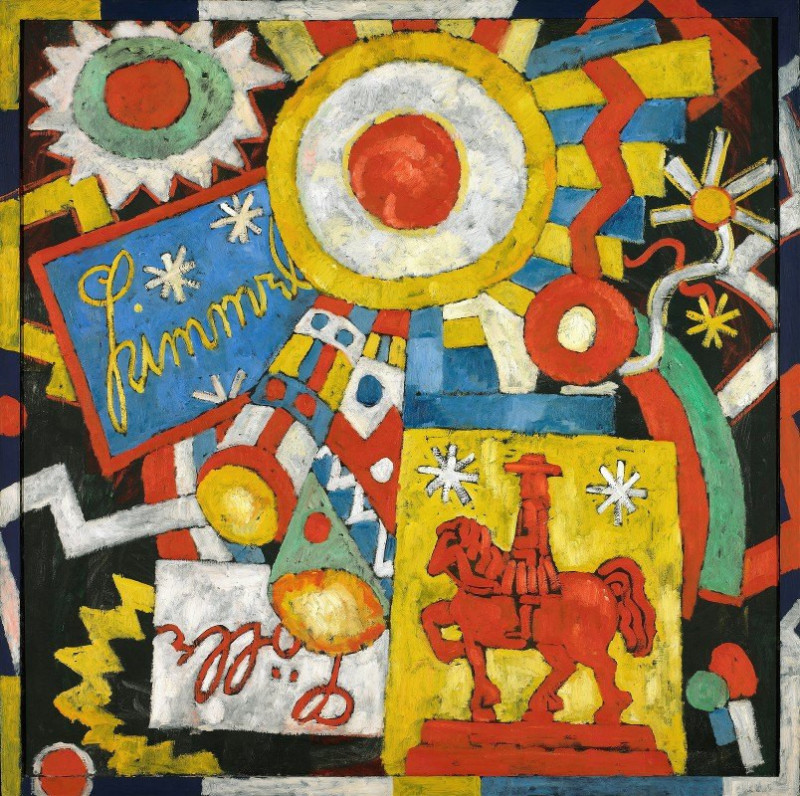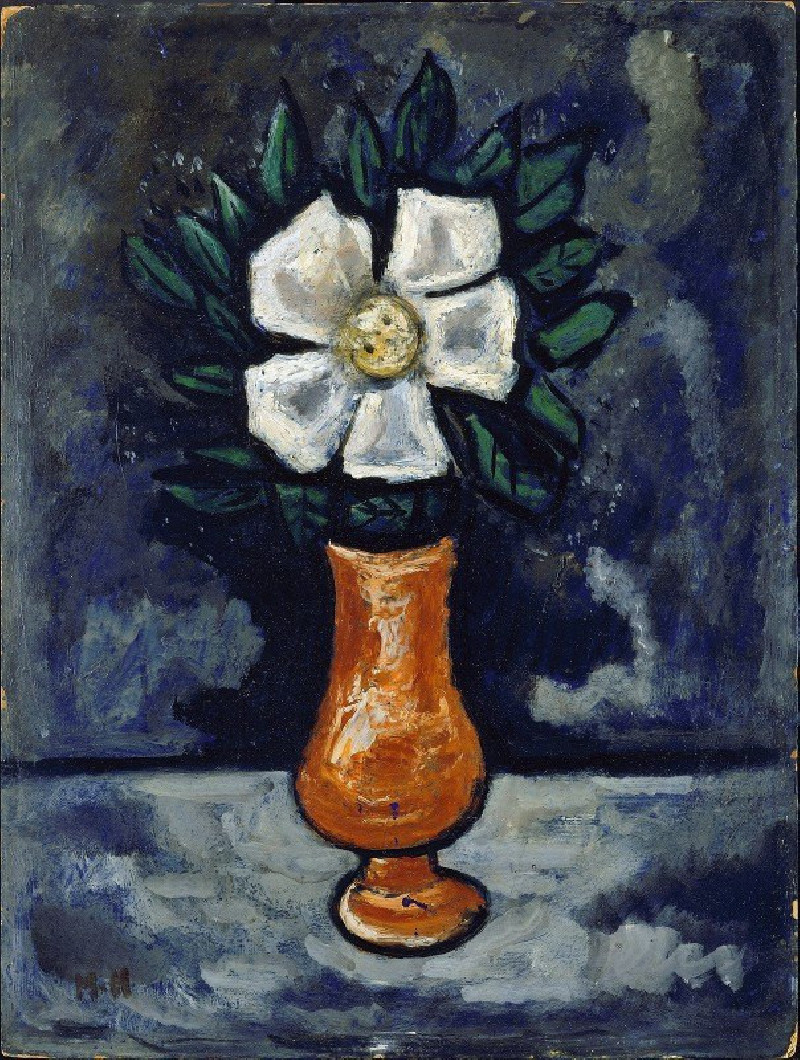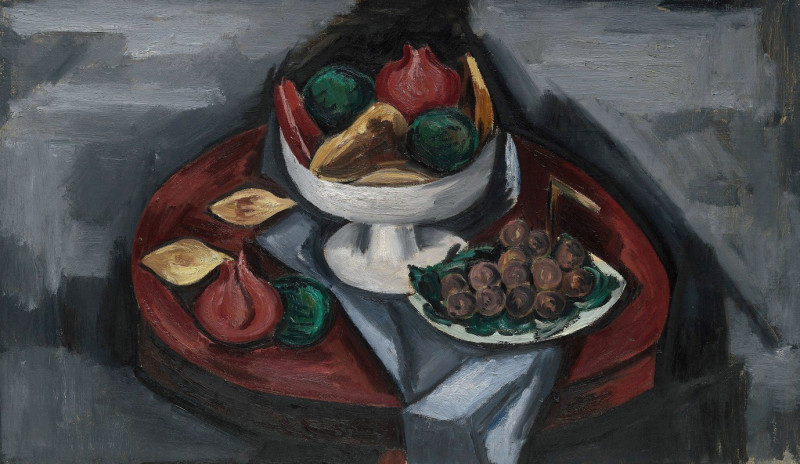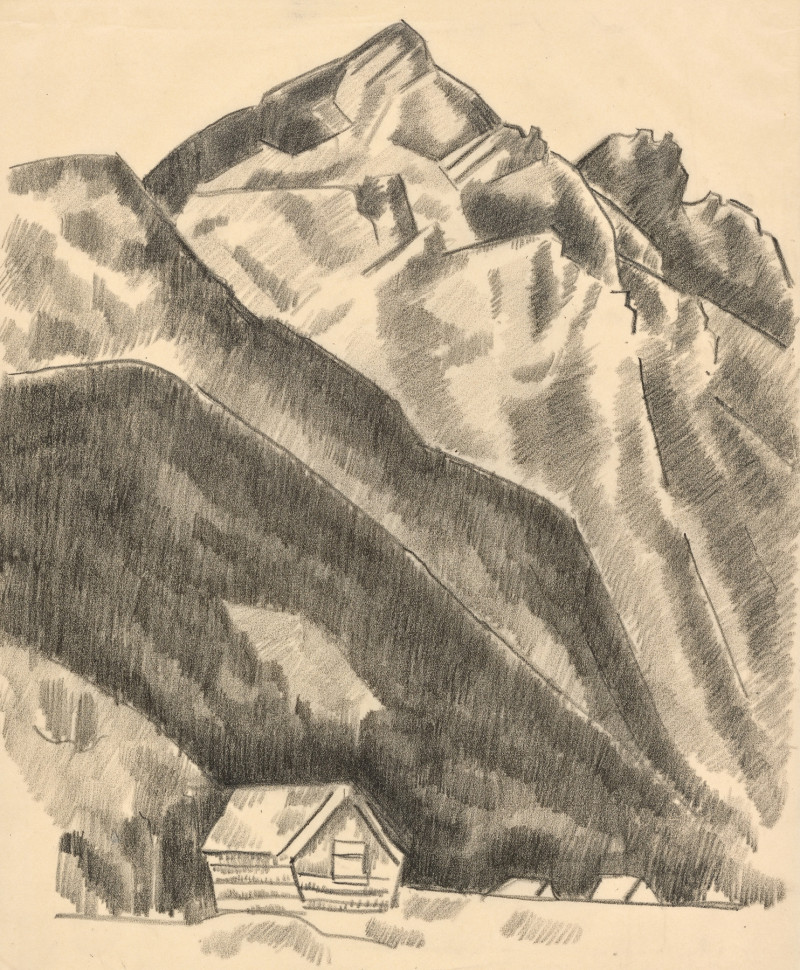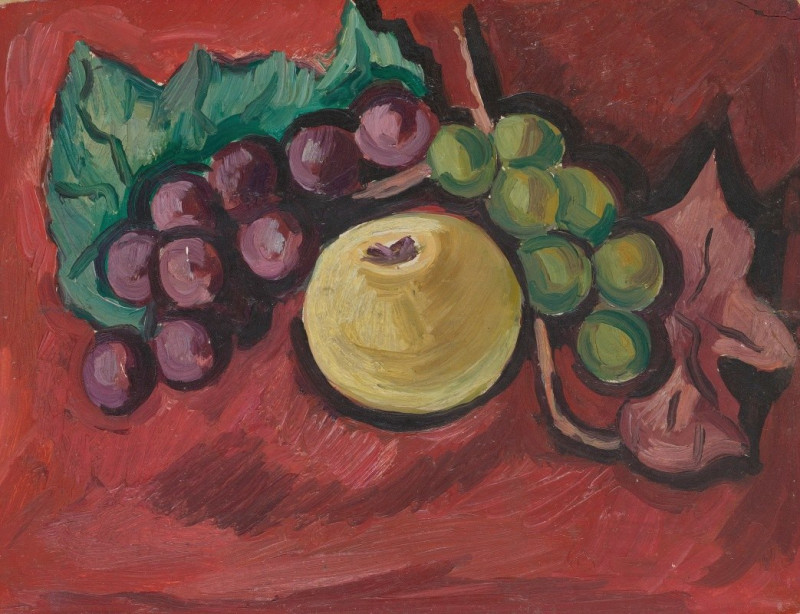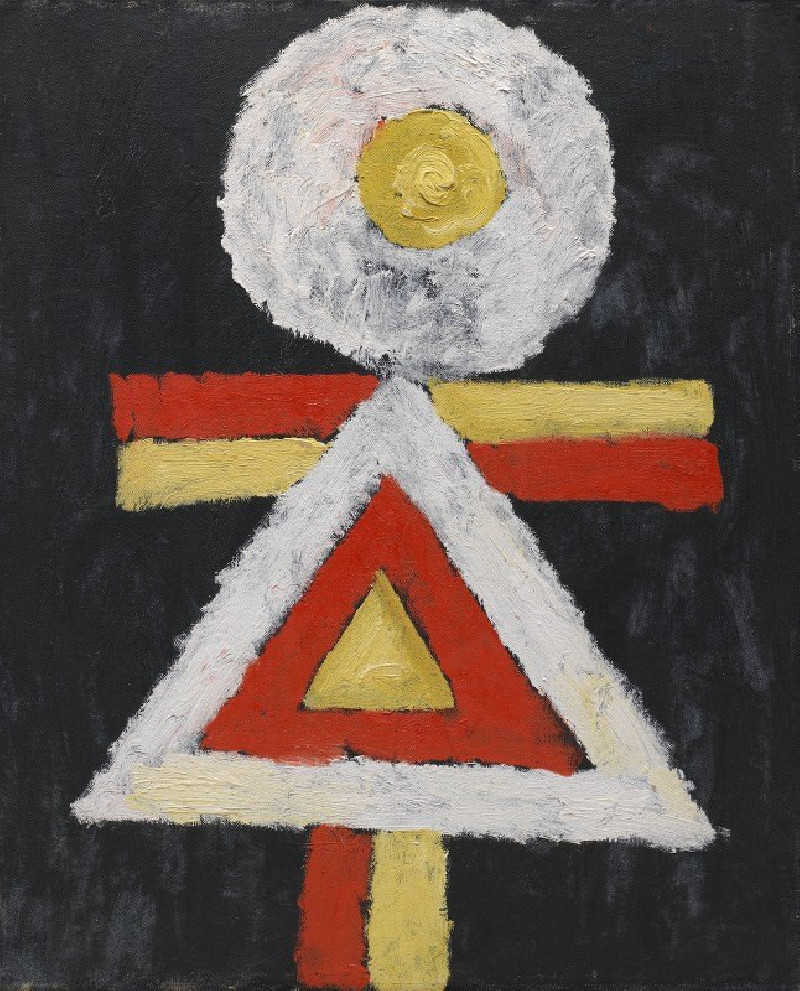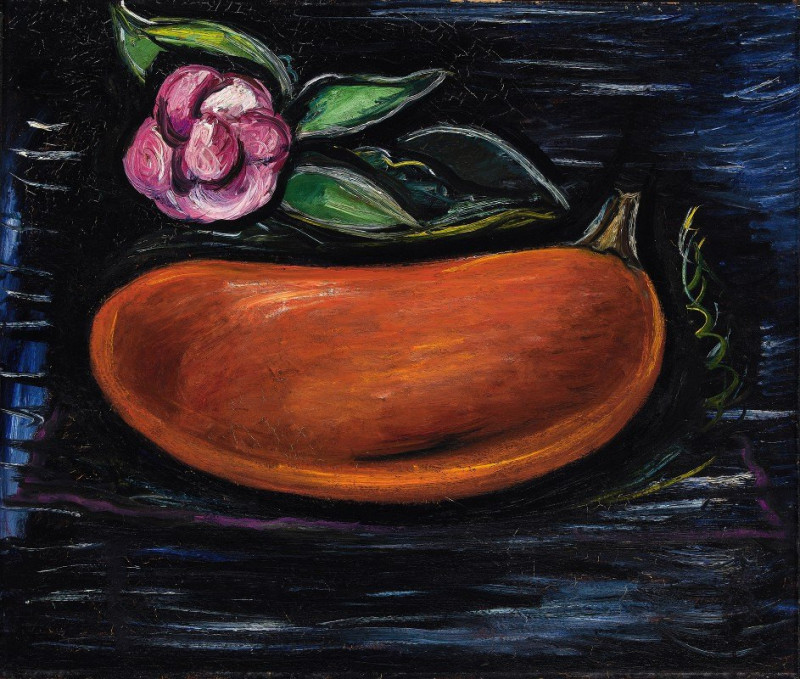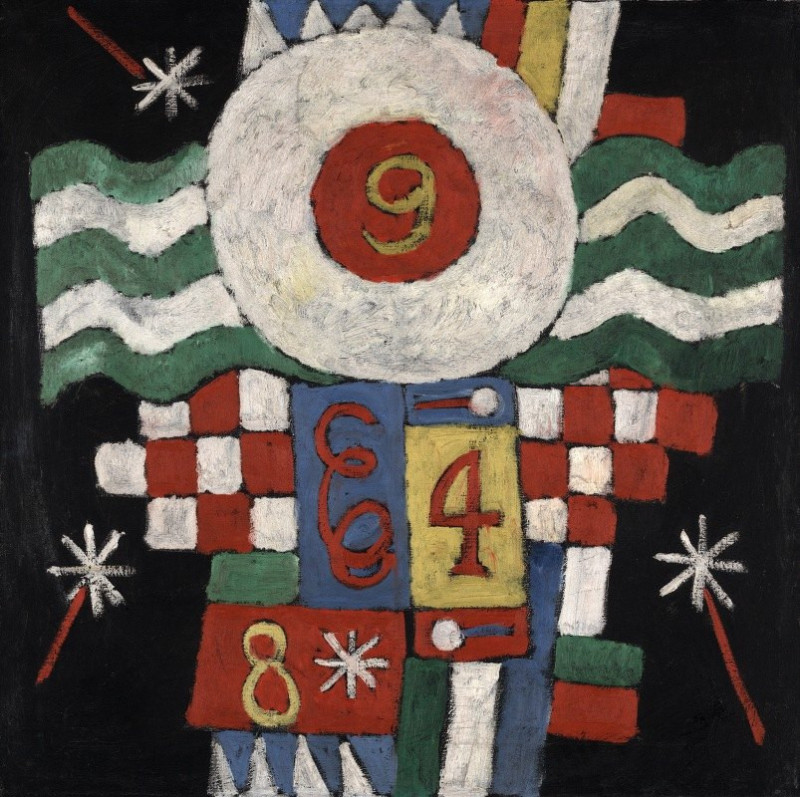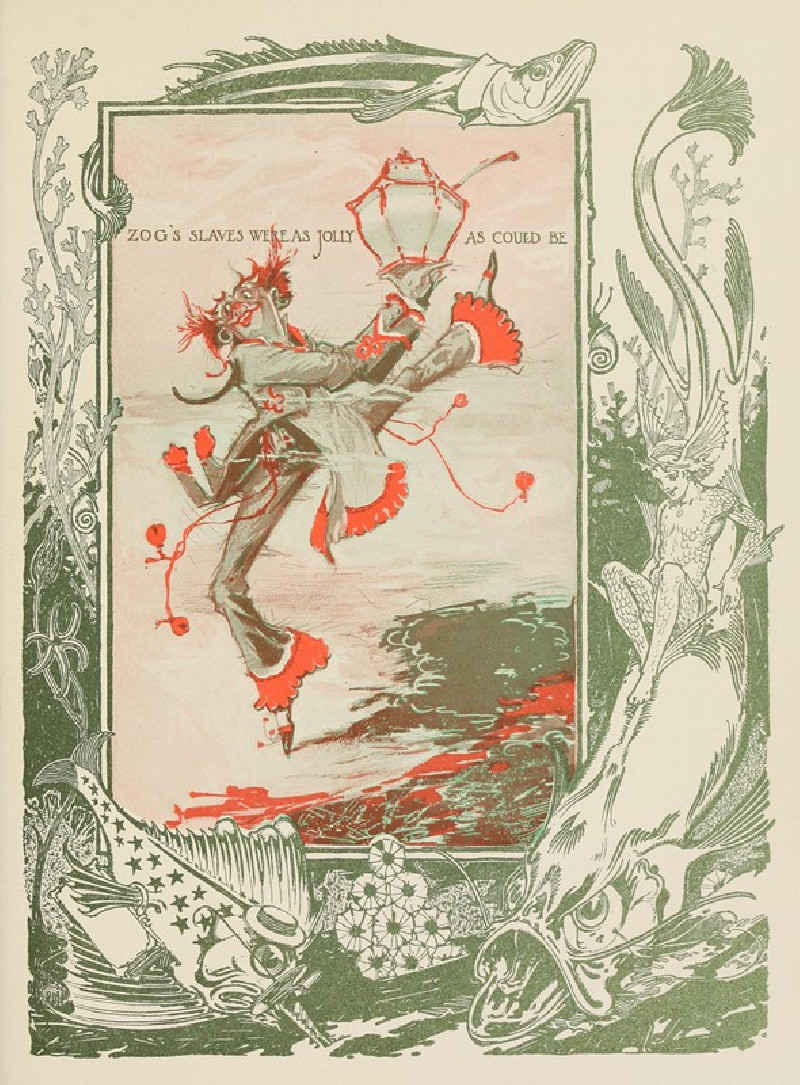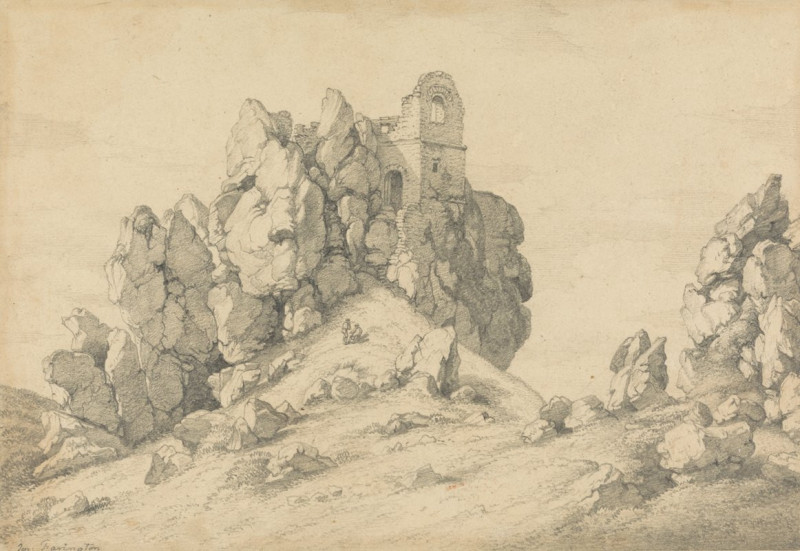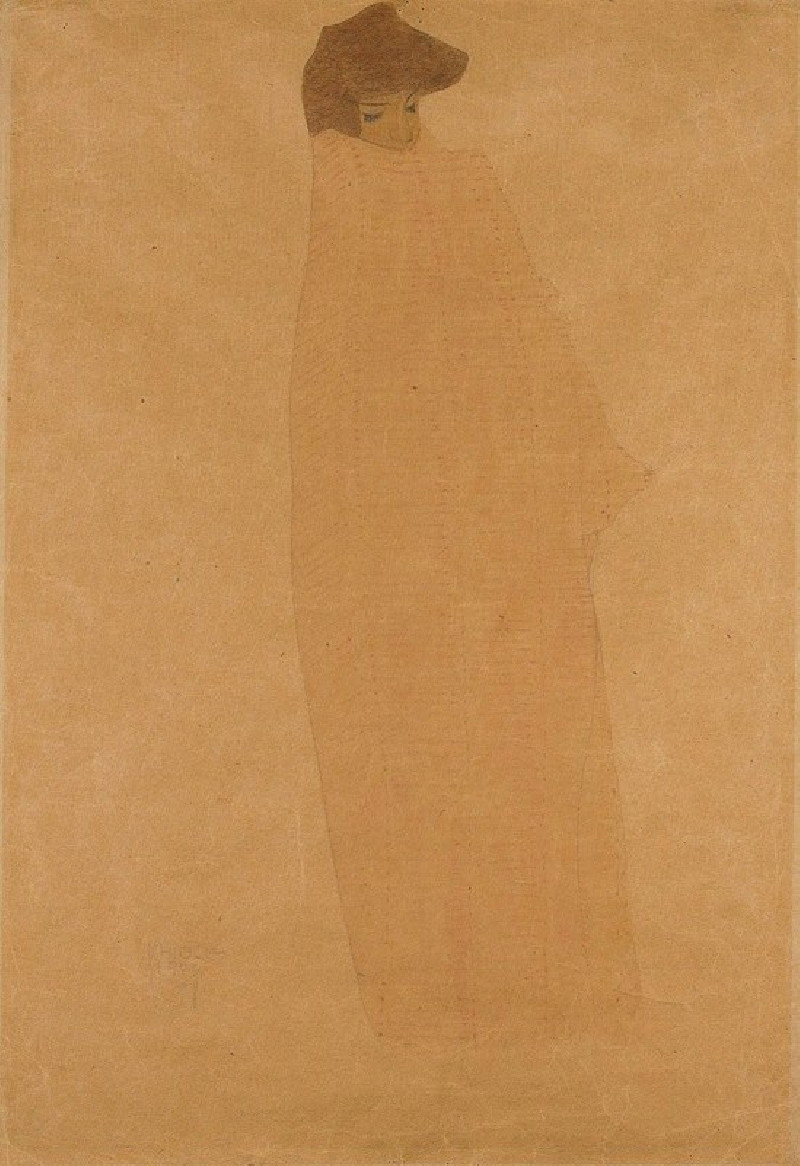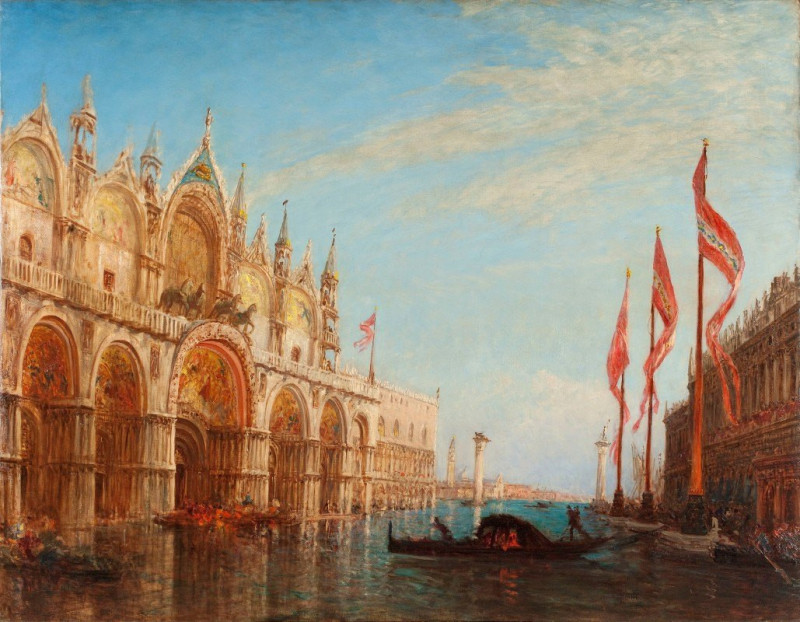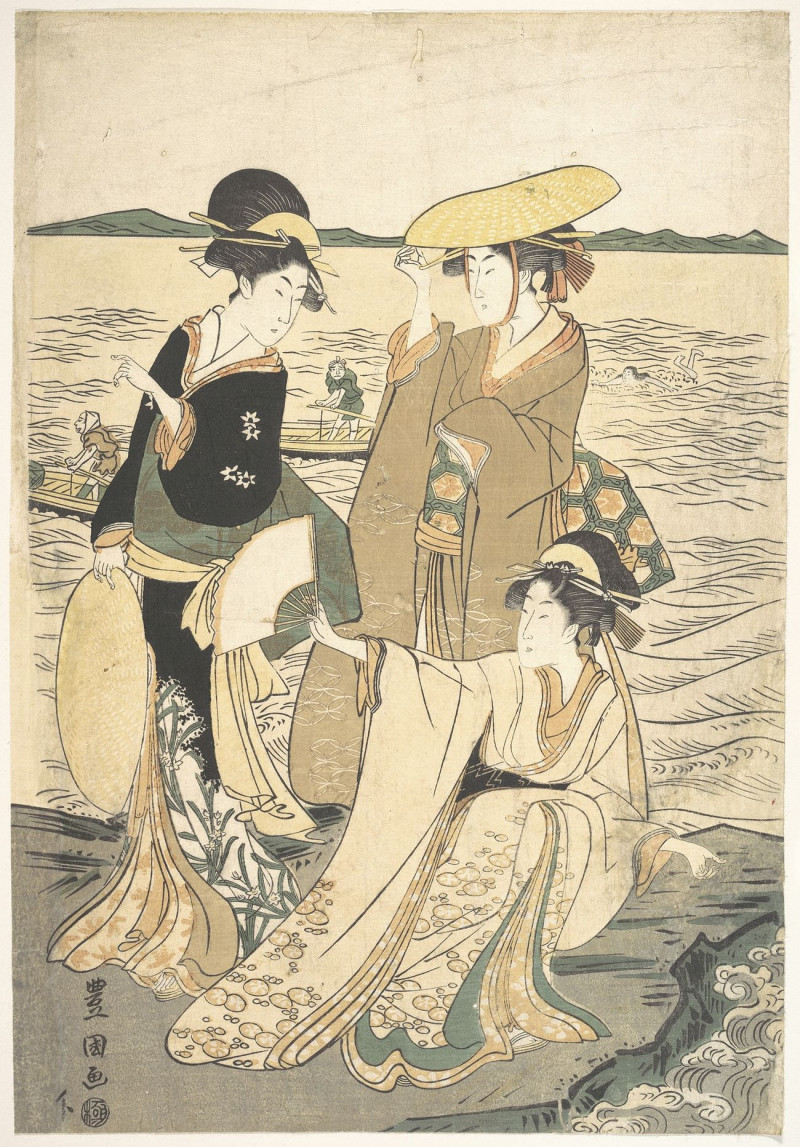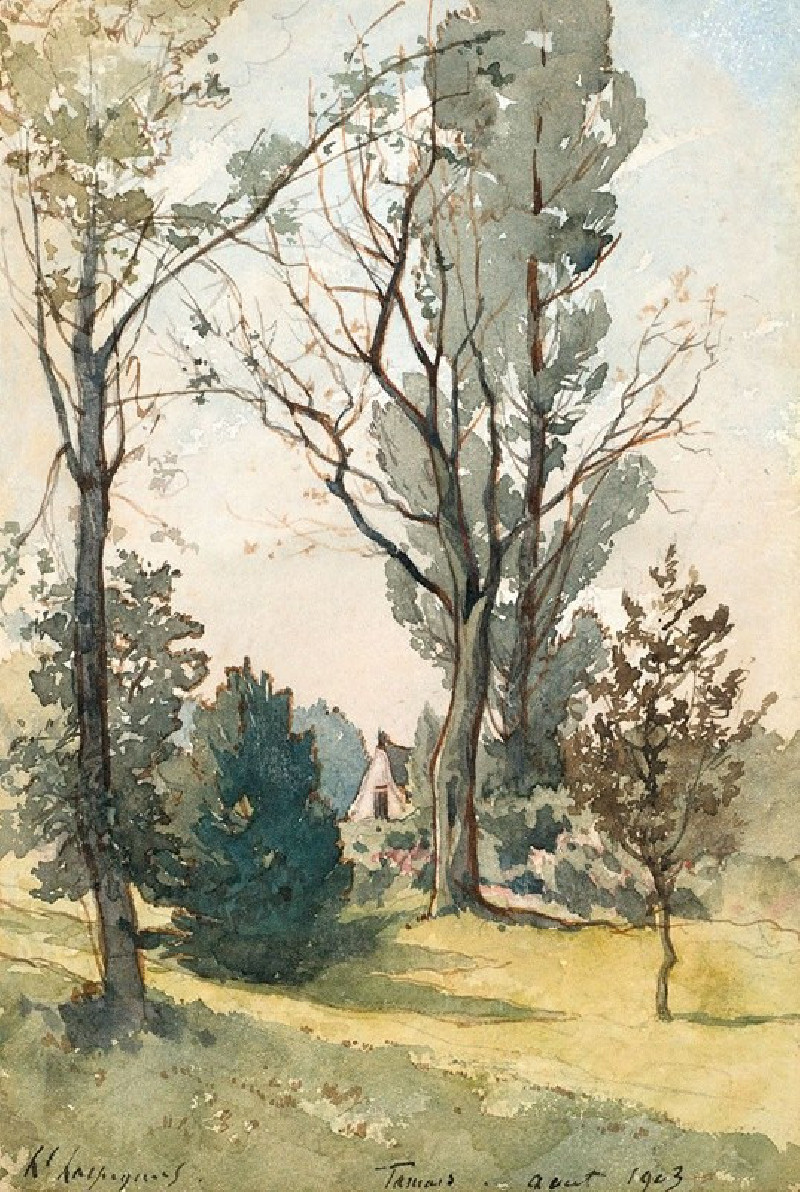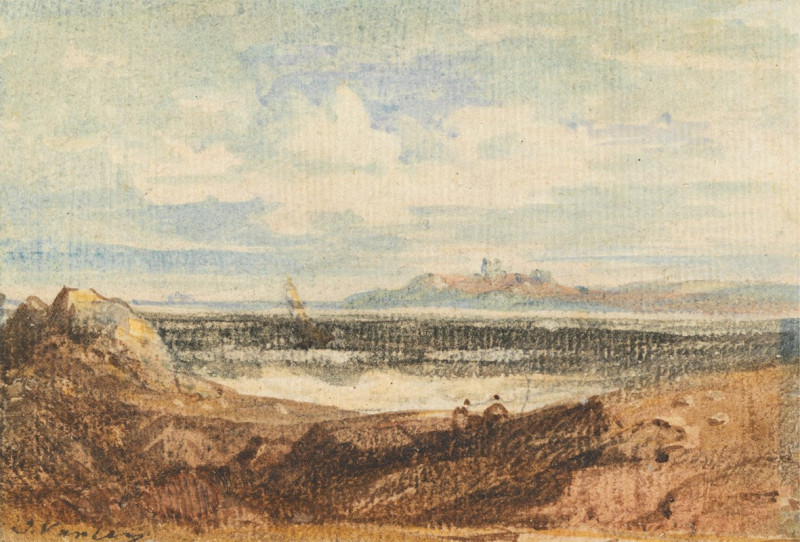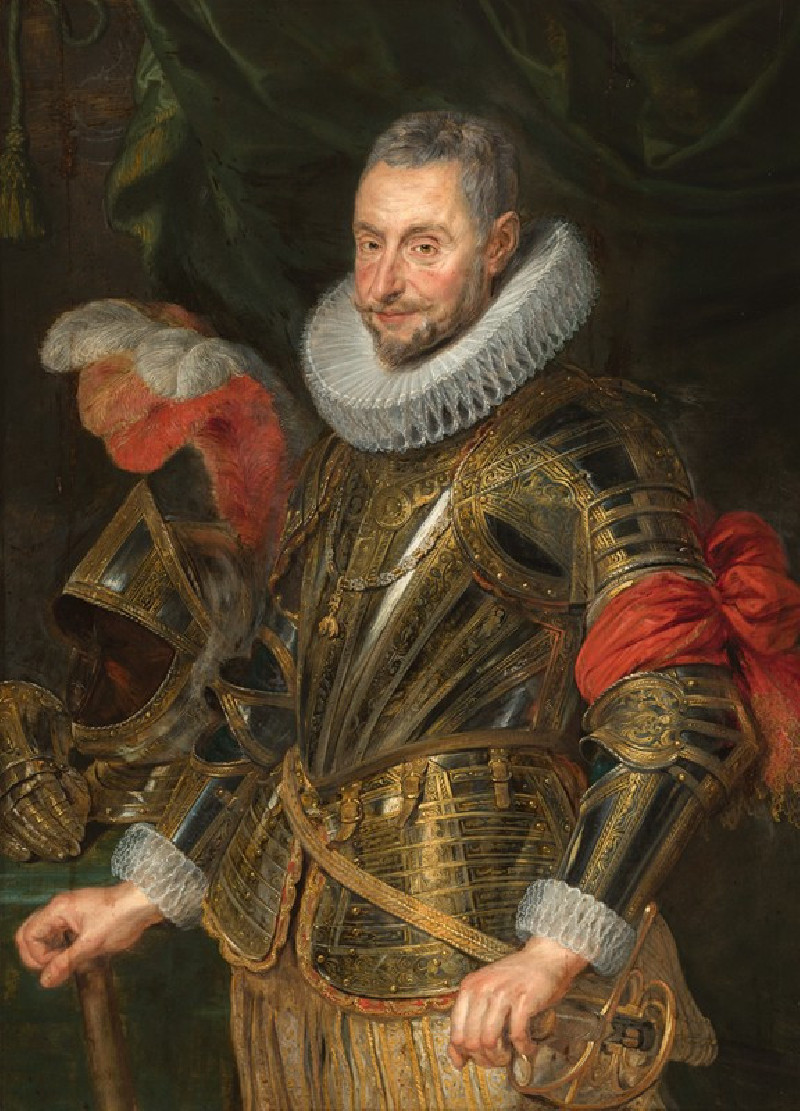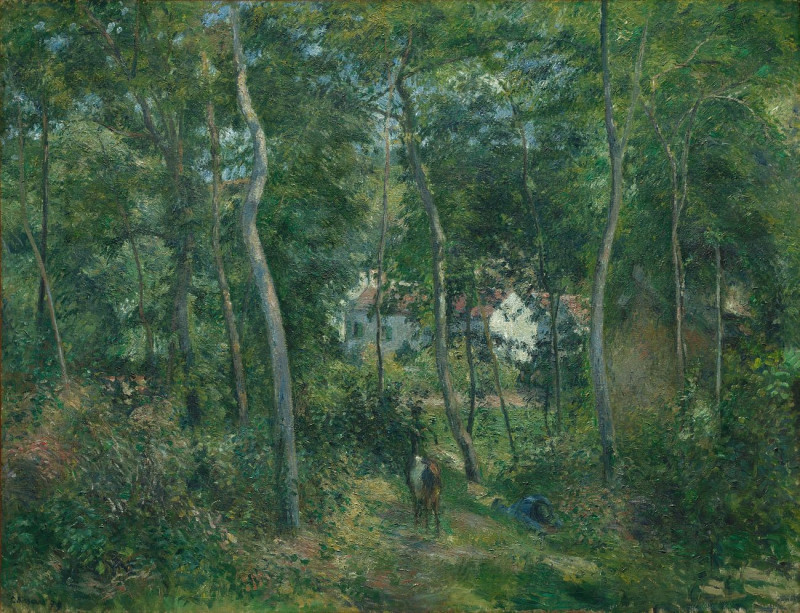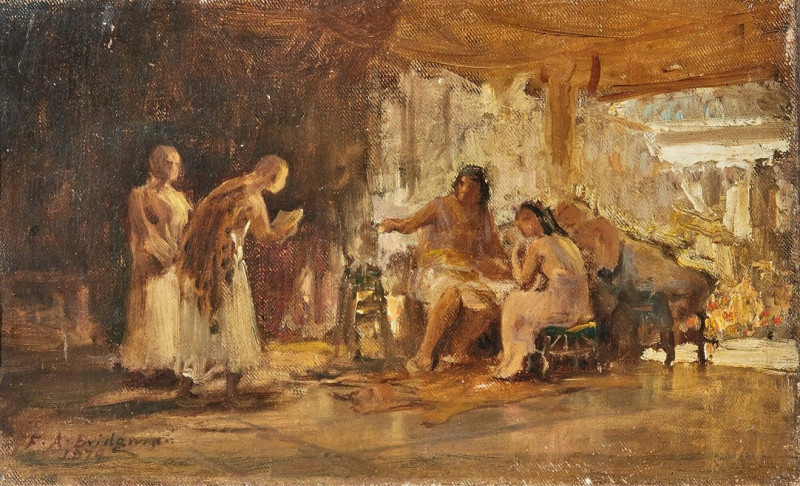Rubber Plant (1920)
Technique: Giclée quality print
Recommended by our customers
More about this artwork
Marsden Hartley, an influential figure in American Modernism, masterfully blends abstract elements with representational forms in his 1920 painting titled "Rubber Plant." This work, distinctive in its composition and use of color, encapsulates Hartley's unique ability to transform everyday subjects into bold, almost mystical representations.In "Rubber Plant," Hartley portrays a seemingly simple houseplant, but with a profound complexity that invites viewers to delve deeper. The painting features a rubber plant placed centrally within a geometrical arrangement of shapes and colors. The plant itself, with its dark, elongated leaves, rises confidently from a strikingly shaped vase, which appears almost architectural in its construct.The background and the base on which the vase sits are composed of a series of interlocking shapes in shades of brown, beige, blue, and burgundy, creating a dynamic yet harmonious balance. This cubist-inspired composition not only enhances the structural form of the rubber plant but also lends a vibrational energy to the entire canvas.Hartley's use of contrasting colors and sharp angles draws attention to the central subject while simultaneously providing a sense of depth and space. The interaction of light and dark hues highlights the physical and symbolic strength of the rubber plant, making it a compelling focal point."Rubber Plant" is more than a simple depiction of a household object; it is a profound meditation on form, color, and the essence of perception. Hartley's painting challenges viewers to see beyond the ordinary, finding beauty and significance in the everyday.
Delivery
Returns
Marsden Hartley (1877–1943) is a Maine native and a leading American Modernist painter, along with his contemporaries, Arthur Dove and Georgia O’Keeffe. He is well-known for employing geometric abstraction as well as bold colors and lines. His paintings depicted imagery of nature, landscapes, figures, and still-life. Sponsored by Alfred Stieglitz, Hartley went to Europe in 1912, spending most of his time in Germany, where he met Gertrude Stein, Wassily Kandinsky, and Franz Marc. After returning to America in 1930, he reconnected with the New England of his childhood and started to portray the landscapes of New England in his paintings.

